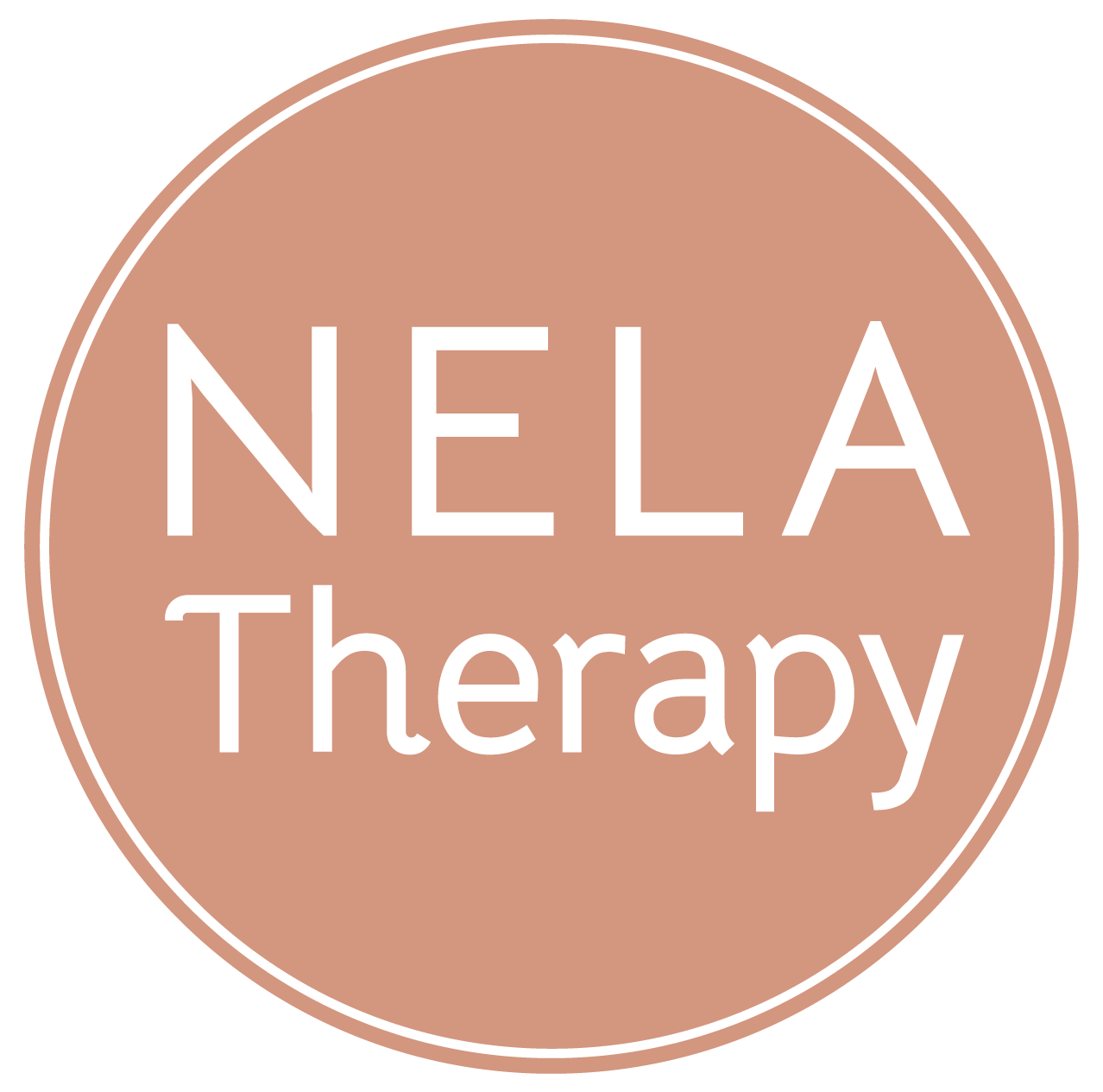Mindfulness – An ACT Perspective
Mindfulness has been a hot topic in the mental health community over the last few years. There are probably a dozen apps you can download that advertise ways to decrease the anxiety we feel from this increasingly fast paced and stressful world. However, I’ve found that the term “mindfulness” has been frequently misunderstood as it has become a mainstream trend in the wellness community.
In my time working in mental health, I have heard many misconceptions regarding mindfulness from clients. I hear these two most often:
“It’s basically meditation”
Not quite. Although mindful meditation is a very effective mindfulness technique, it is not the only one. There are many ways to utilize mindfulness that don’t require you to go into a deep meditative state. Which is good news for those of us (myself included) who find traditional meditation a bit challenging and time consuming.
“Mindfulness is supposed to make me feel better”
Nope! The act of mindfulness is essentially the complete acceptance of your present state, be it joyful, anxious, angry, or sad. If you’re using mindfulness techniques to try and push these feelings away, you aren’t practicing mindfulness, you’re practicing distraction!
You might be wondering, “What is so great about mindfulness if it won’t make me feel better?” And here’s the truth– emotions don’t go away just because we want them to. They’re pesky like that. Why make a hard situation even more difficult by having that constant internal struggle? By accepting and making room for our painful emotions, we can let them run their course in their own time and observe them thoughtfully as they come and go.
Acceptance and Commitment Therapy (ACT) defines mindfulness as “Paying attention in a particular way: on purpose, in the present moment, and non-judgmentally.”
In this model, there are three main steps to living mindfully (Harris, 2019):
Defusion: “distancing from and letting go of unhelpful thoughts, beliefs, and memories”
Acceptance: “making room for painful feelings, urges, and sensations, and allowing them to come and go without a struggle”
Contact with the present moment: “engaging fully with your here-and-now experience with an attitude of openness and curiosity”
Dropping Anchor
Clients who are having trouble dealing with painful thoughts and feelings often find the ACT mindfulness exercise, Dropping Anchor, helpful.
Metaphorically speaking – In this exercise, you are the boat, mindfulness is the anchor, and your emotions are the storm. Dropping an anchor won’t make the storm go away, but it may help you from getting completely swept up in the waves. This exercise can be as long or short as you would like. (Harris, 2019)
Step 1. Acknowledge and accept your thoughts and feelings with openness and curiosity (anger, anxiety, sadness, rejection, etc.). Take a moment to identify where you are feeling these emotions in your body.
Step 2. Try and detach yourself from unhelpful thoughts or beliefs running through your mind, and simply observe them as they come and go
Step 3. Check in with your body to help ground yourself however it works best for you (full body scan, straightening your spine, taking deep breaths, stretching, lying down, etc.)
Step 4. Refocus on where you are in the present moment. Observe your surroundings. Notice what you are doing and how you’re feeling after identifying your thoughts and feelings and connecting with your body.
Step 5. Return your attention to the task at hand or engage in a new activity – it’s up to you.
Here are more helpful videos on ACT and mindfulness:
Guided ACT based meditations:
References
Harris, R. (2019 p.113-115). ACT made simple: An easy-to-read primer on acceptance and commitment therapy, 2nd edition. essay, New Harbinger Publications
Harris, R. (2009). Acceptance and commitment therapy: Act Mindfully. Retrieved from https://www.actmindfully.com.au/about-mindfulness/
Harris, R. (2009). “What is act and mindfulness?”, Act Mindfully. Retrieved from https://www.actmindfully.com.au/about-act/.
Katelyn Fike, LMFT
Licensed Marriage and Family Therapist
LMFT 147319
Learn more about her in her bio or follow her on instagram @katelyn_nelatherapy.




